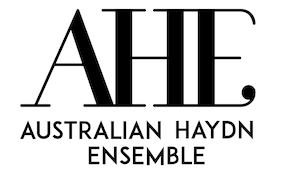Barenboim’s new piano is a concert grand made by the Belgian instrument maker Chris Maene to the pianist’s specifications. It differs from the usual Steinway D in several crucial respects, one being the use of parallel rather than crossover strings. So far this Maene piano is the only one of its kind, and Barenboim has “fallen in love with it”.
I hear less tonal homogeneity across the registers, less “blend” as the pianist puts it. The bass produces great warmth, shown off in Liszt’s arrangement of the March from Wagner’s Parsifal. The tone of the upper registers resembles a Classical period fortepiano (“hollow” is too strong a word), which makes it eminently suitable for Scarlatti. I’ve not heard Barenboim in Scarlatti before; he approaches these three sonatas in an unruffled but characterful way.
Like the Fazioli piano, which it also resembles in the treble, the Maene seems incapable of producing a smooth, singing legato – rather a drawback in Chopin’s Ballade No 1 and Liszt’s Funérailles – and we are used to more upper-level brightness in Beethoven’s 32 Variations and Liszt’s Mephisto Waltz. The latter is neither diabolic nor exciting, although the tone colours are attractive. Big fortes can be clangorous, but that is not the piano’s fault: Barenboim always plays from the shoulder when he wants power. Overall, an interesting debut for a fascinating instrument and a well-balanced programme. Even so, I don’t think Steinway should be worried.












Comments
Log in to join the conversation.